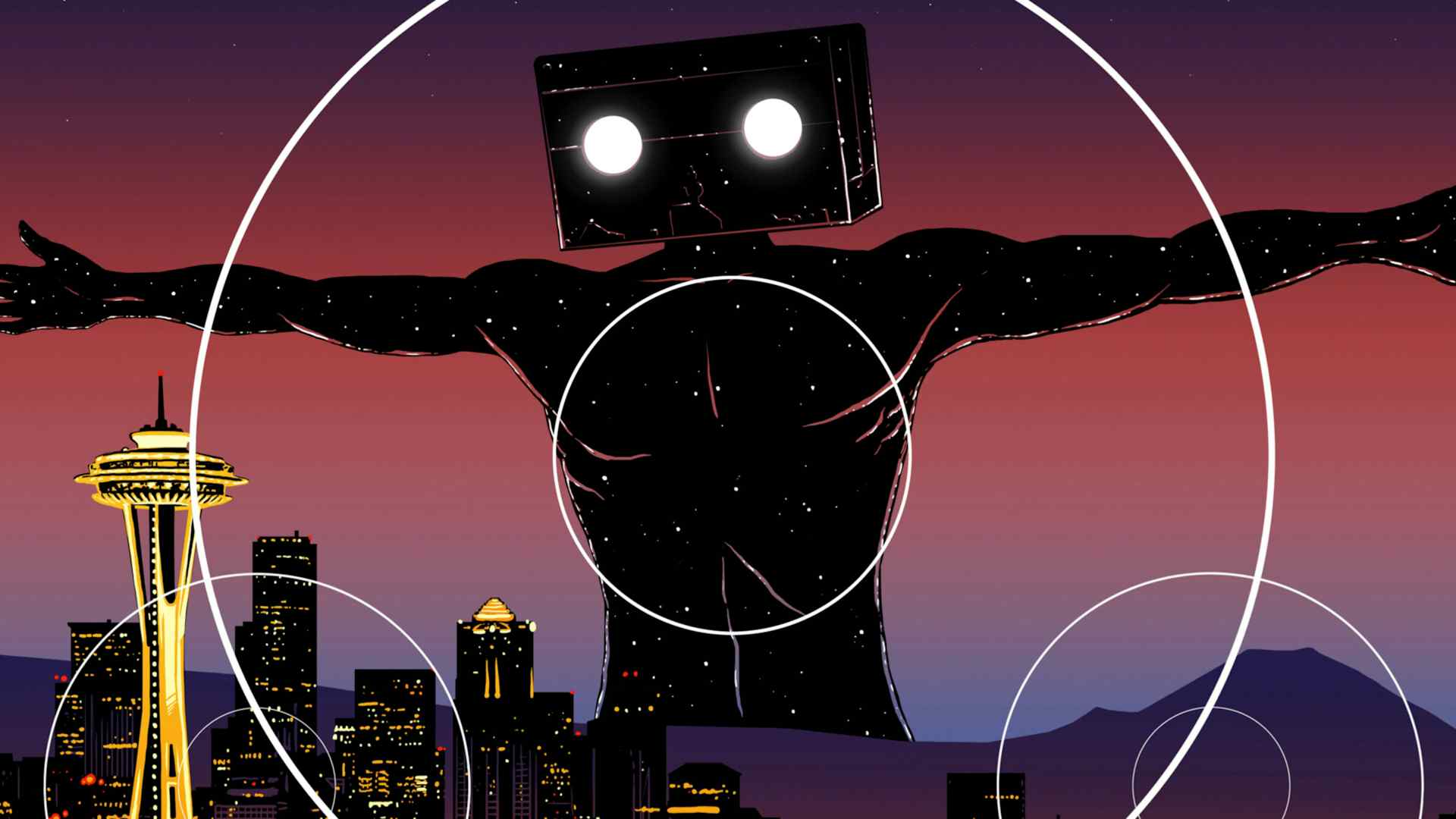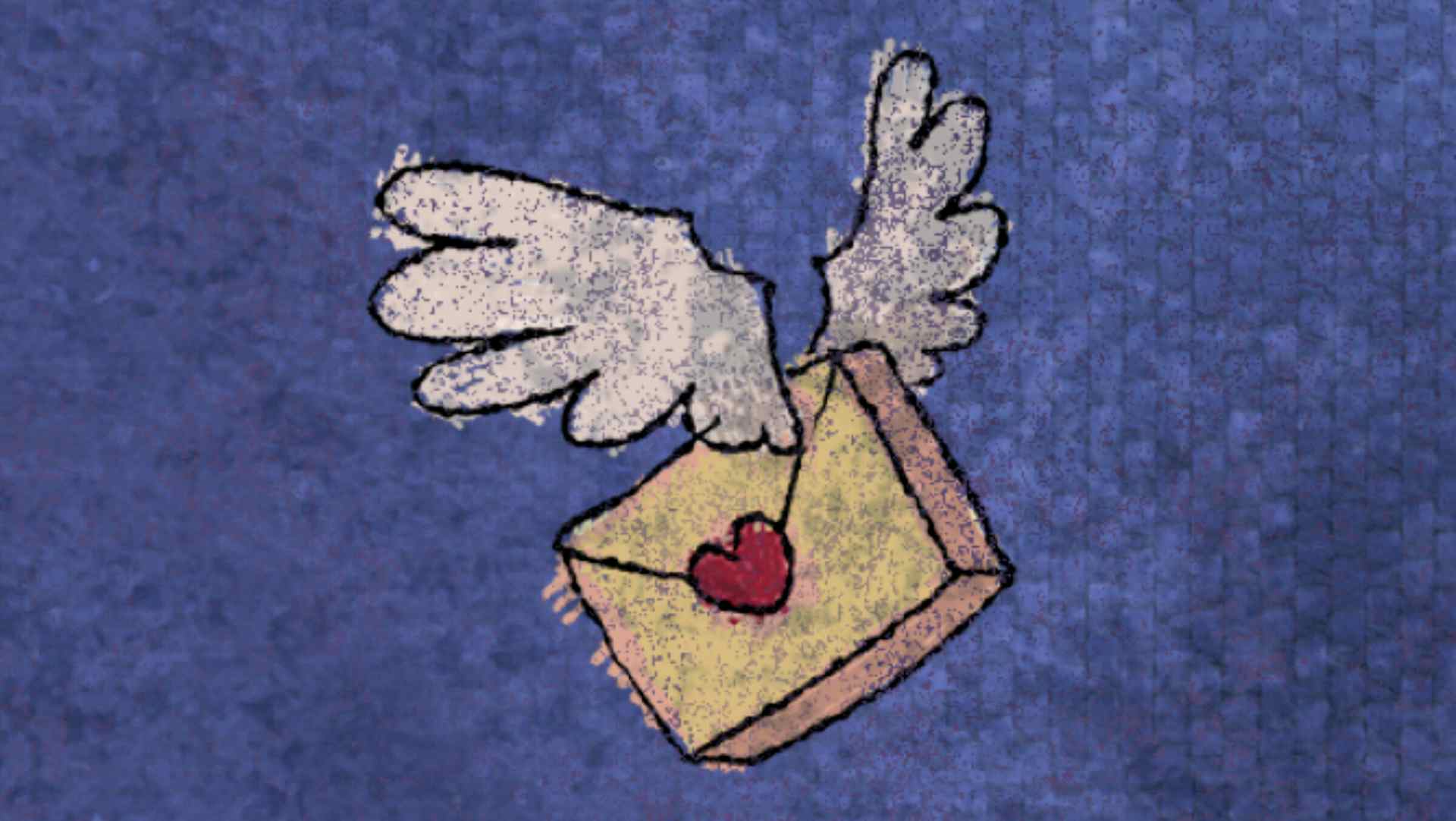hazel and xoe present this month’s Anime Spotlight:
A Woman in Trouble
This time, we struck out to explore the enigmatic tagline of David Lynch’s 2006 film, Inland Empire, by contrasting anime titles with live action counterparts. We’re getting weird.
As one watches an increasing number of movies one thing rapidly becomes clear; filmmakers and audiences of every gender share an obsession- women. Anime is no different. The reason for this should be self-evident; women are compelling, beautiful, creative, intelligent, effective. So why are such a disproportionate amount of the stories we create as a species centered on women in trouble, a woman’s suffering, on women’s gendered suffering? We could say the answer is obvious, we live in a world of gender- and class-inequality, that’s how it’s been for centuries. In so many cases, women’s suffering is a microcosm of all of humanity's suffering. Our own mortality predisposes us to suffer. It’s in the Bible. But an obvious answer isn’t as interesting as a jumble of messy, contradictory attempts bursting with specific detail and infused with the perversions of their creators.
There are scores of empowerment narratives in the world. It’s been popular in the last few decades to try and right the very apparent wrongs done to women as a whole through misogyny, violence, systematic disenfranchisement, and the male gaze by creating representation of women overcoming hardship and victimhood to attain power and autonomy through their own violence, politicking, or changing of hearts and minds. The works we explore here are not those works. The female characters that make up this spotlight are necessitated by their tragedy, face torment from all sides--all planes. Their dreadful circumstances and psychological distress are as if equal extensions of preternatural, cosmic forces drawn literally into existence by a higher power--their creators.
A Woman in Trouble is both symbolic and specific. She represents the archetypal dynamic of exploitation, sometimes by force and sometimes in self-sacrifice, that has been enforced in the dominant social order since antiquity. And she is also a specific actress, playing a specific character, telling a specific story. The relative success of each work, their intents, impacts, and the interpretation of their feminisms or otherwise, are in the hands of each individual viewer.

Aya Mikage (Ceres Celestial Legend (2000)): On her 16th birthday, Aya Mikage is summoned to her family mansion and almost brutally murdered by that formerly loving family as they realize she is a reincarnation of the vengeful goddess, Ceres, who was trapped on earth by their male ancestor and forced to bear his children. Biblically, Eve received curses from God for her temptation which included pain in childbirth and dominion by her husband to be passed down to her female descendents. We can see Ceres as a metaphor for puberty, for the repression girls inherit as soon as they become sexual beings, and for the subjugation expected of women in the traditional family unit under patriarchy represented as the tragedy of cyclical familial abuse. And we can see Ceres’s vengeance as Eve’s resistance to the notion that her desire constituted sin. Meiko Kaji’s Matsushima of Female Prisoner #701: Scorpion (1972) was a normal woman until corrupt police detective Sugimi took advantage of her desire for him to use and discard her. As she is treated to escalating humiliation and torture in prison, her only means to repudiate the literal and figurative stripping away of her humanity is through stoic and passive resistance. She uses her expected roles as both female and prisoner to upheave the social order, make her escape, and exact revenge on those who wronged her.
Lucy (Elfen Lied (2004)): It's been thoroughly established Elfen Lied is worse than we remember. What in our youth appeared to be the most mature anime on the market was upon reflection no more than a misguidedly cruel deluge of cheap transgression, tedious domestic antics, and heavy-handed religious allegory. But accident is a powerful, if unwieldy, tool in an artist's repertoire. Where Elfen Lied flounders as a rumination on "human nature," it succeeds as a reflection of its target audience's inner world. Every emotion is extreme; for its entire 325 minute runtime it teeters on the precipice of cataclysm. Failure is a mode of expression unto itself, laying bare a work's interior machinations with a blunt honesty that requires skill to avoid. 2017's mother! was reviled upon release for how transparently self-impressed it is. That director Darren Aronofsky felt the need to explain what his film was about was in itself comical, its themes so hamfisted it defies any other interpretation. mother!'s titular mother and Elfen Lied's Lucy are sculpted from empathy that manifests as a juvenile fixation on a woman’s complete dismantling by a cruel world, holding cautious appeal to those who are willing to relate.
Nausicaä (Nausicaä of the Valley of the Wind (1984)): Nausicaä has huge knockers. That's not an observation, but something creator Hayao Miyazaki felt a strong need to assert just a day after the film's theatrical release in an interview. Why? To make her a more nurturing figure, of course. Caught in a natural calamity brought on by human intervention, Nausicaä's maternal compassion and willingness to sacrifice herself are what save the day. She is both Mary and Christ. For Miyazaki, she is as much a reification of hope as Twin Peaks (1990)’s Laura Palmer is for David Lynch. Like Nausicaä, Laura is made to answer for man's sin. She is subjected and ultimately succumbs to the evils that lie within the town of Twin Peaks, but she is transcendent. Her demise exposes the town, leading to its purification. Both characters are created from the onset to be functionally perfect, almost didactically so, and both represent a fundamental optimism within both creators--light cannot exist in the absence of darkness.
Jeanne (Belladonna of Sadness (1973)): An experimental anime about the persecution of a woman as a witch in 1400s France as precursor to the 1789 Republican revolution would appear to be an obvious pairing with a film about patron saint and martyr Joan of Arc. The story of Jeanne, who goes from victim of jus primae noctis to eventual pagan consort to the Devil, speaks to the patriarchal anxiety of being supplanted from the supposed natural order of gendered roles by a woman who draws power and autonomy- and sexual satisfaction- from an unknowable and uncontrollable source. That patriarchal anxiety is dangerous for women is a premise that plays out again and again across film. No actress has ever embodied the abject horror and pleasure, and beauty and ugliness, of a woman tearing open her own skin and molting her societal performance of the role of madonna/wife/mother like Isabelle Adjani in Possession (1981).
Maya Kitajima (Glass Mask (2005)): In the world of method acting, Maya Kitajima is a rising star. She ruins her mind and body over and over again to play any role. Based on a 1970s serial that ran until 2012, Glass Mask is a true melodrama. The formula of a soap opera is to subject the heroine to conflict and tragedy after conflict and tragedy in order to create an endless narrative that can air indefinitely, the epitome of a Woman in Trouble ethos. Maya suffers tragedy after injury after adversity in chasing her white-hot love of acting. Her single-minded martyrdom to the stage evokes Maria Falconetti’s glittering religious fervor in the Passion of Joan of Arc (1928) as she, the actress, was forced to kneel by her director on the stone floor for hours in order to draw out Joan’s suffering. In these works we are confronted with our cultural paradigm of creating transcendental art through breaking the women in it.
The narratives presented here choose to explore the limits of humanity. They put the viewer through the wringer along with the characters, and test our endurance and compassion, our tolerance for ugliness juxtaposed with beauty. Some of the women herein are empowered by the end of their stories, and some simply are. This kind of art presents us with compounding ethical questions around its making and its content that every artist and every viewer should interrogate. Renting from Scarecrow is eminently ethical, however, so rent away and see for yourself.


